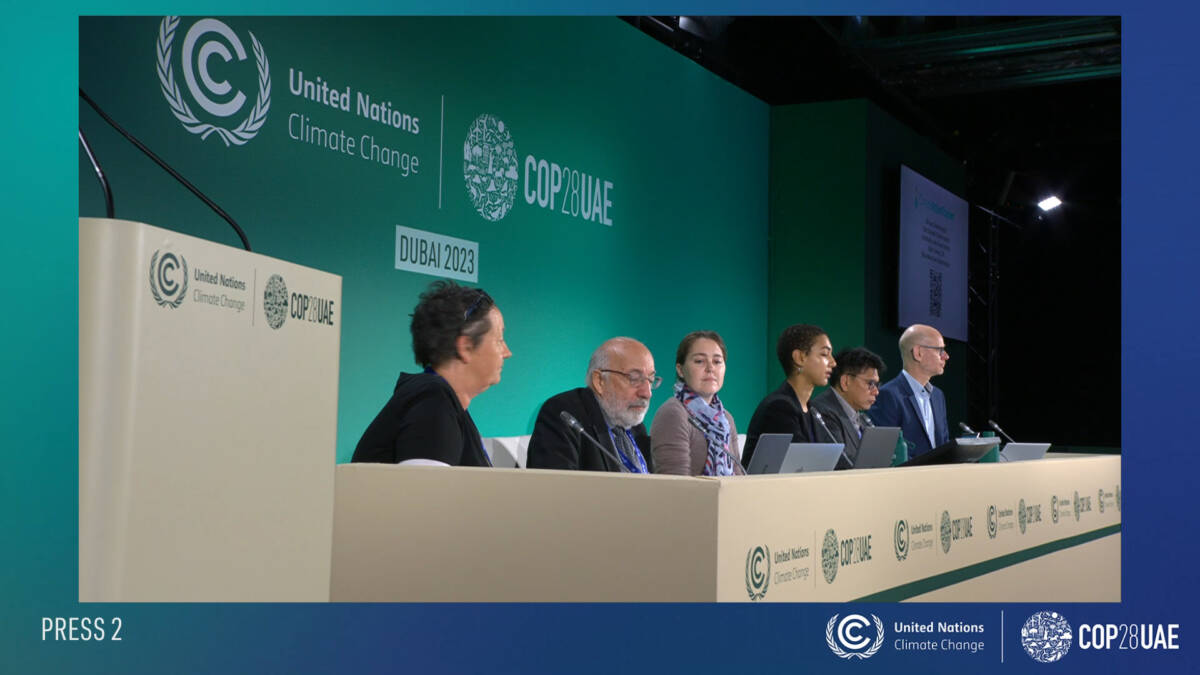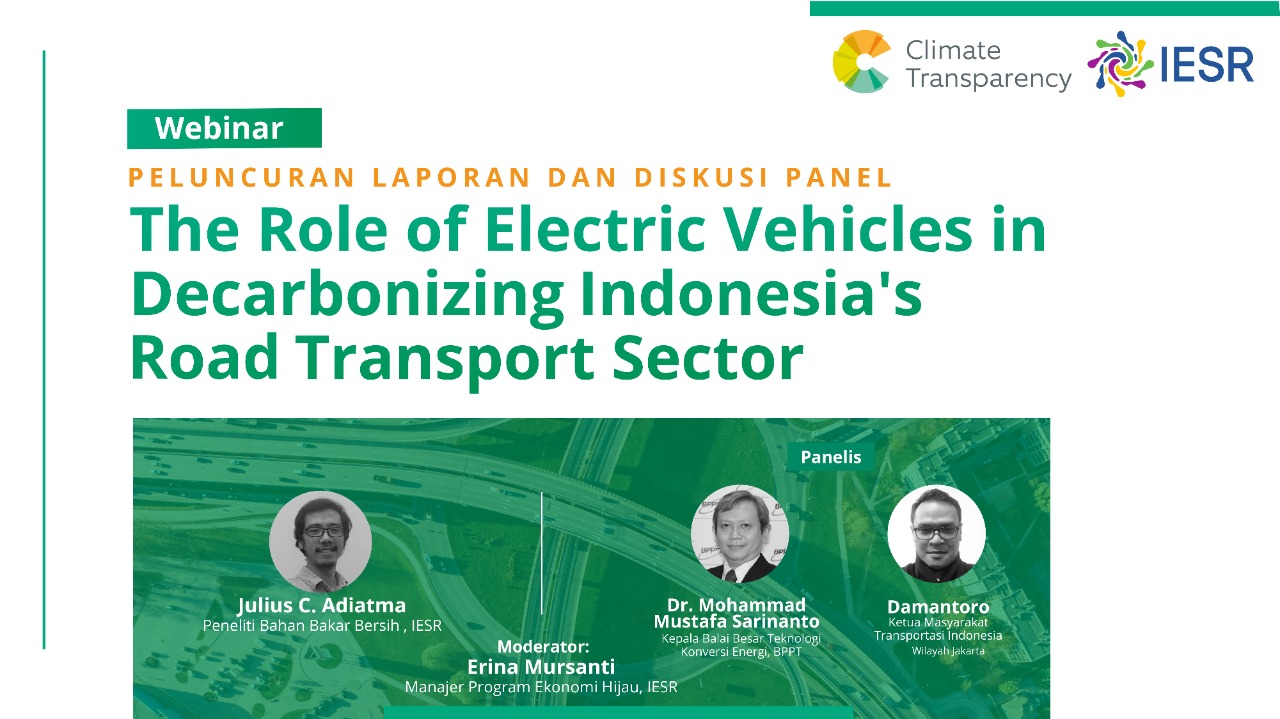Jakarta, April 25, 2024 - The Indonesian government, through the Ministry of Environment and Forestry (MoEF), is currently drafting the Second Nationally Determined Contribution (SNDC) document. In contrast to the Enhanced NDC document published in 2022, the emission reduction target in the SNDC document is no longer measured based on emission reductions from the base…



